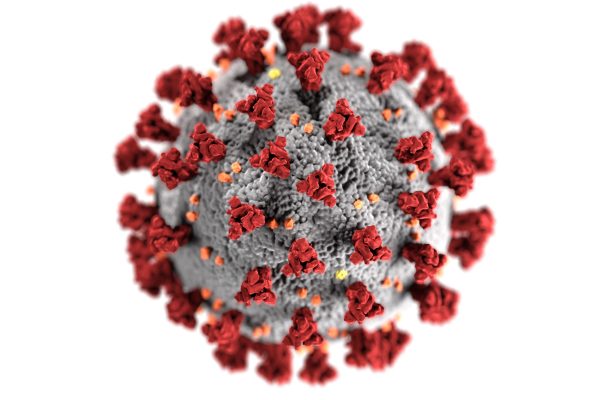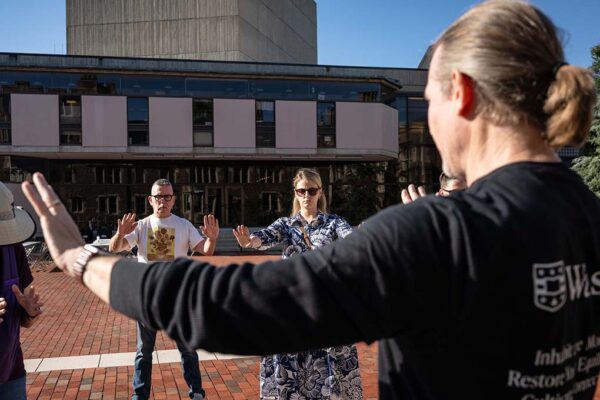Times of major stress can impact a person’s ability to think, but the stress response is not the same for all circumstances and ages. Those who become increasingly distressed will face decreasing reserves of compassion and patience, according to research from Washington University in St. Louis.
The work is a follow-up to previous surveys on how the pandemic affected psychological distress and decision-making in different age groups.
That research found levels of psychological distress in young people were trending up in the eight years prior to the pandemic, so much so, that the increase in distress during the pandemic was no greater than the trend line predicted for that age group, said Professor Leonard Green, co-author of the research, along with colleagues in psychological and brain sciences in Art & Sciences.
The exception to that were the brief periods of time when countries were in full lockdown, during which distress levels spiked in all age groups, but returned to pre-pandemic levels after lockdowns were lifted.
Now, new research, co-authored by Professor Sandra Hale; Joel Myerson, an academic coordinator; and Michael Strube, a professor emeritus and research scientist, further dug into what affects decisions during times of distress.
The study, published this spring in Medical Research Archives by the European Society of Medicine, dug into the many factors that went into decision-making about social distancing and vaccination, using survey questions to measure levels of psychological distress, neuroticism (the tendency to react negatively in stressful situations), along with measures of individuals’ ability for “compassion” (a mix of measures combining altruism, sympathy and trust).
In general, greater levels of neuroticism correlated with less compassion and less tolerance of pandemic mitigation measures such as social distancing and masking. Higher levels of compassion positively correlated with following those social distancing measures.
However, the greater levels of distress also predicted those individuals who got vaccinated, likely because it’s seen as a one-time action that allows them to worry less about the virus.
Myerson said this is something to keep in mind in crafting messages to improve public health. Fear-based messaging may help motivate vaccination, but might not work for other measures that involve continuing social deprivation, especially for younger people who are more sensitive to psychological distress. Piling on the fear may backfire for actions that require some social deprivation on the individual’s part to benefit the group.
Myerson said neuroticism declines with age, while the capacity for compassion seems to increase. “It’s distress that interferes with compassion, with altruism and sympathy,” he added.
Therefore, countering that distress should be a goal in approaching public health challenges, he said. If people can keep calm and carry on, the public’s capacity for altruism and good behavior may also increase.
When neuroticism goes down, compassion goes up. But that means addressing the other pandemic in the room — those elevated levels of distress among youth and adults around the globe.
“It’s like we had a distress pandemic going on and then we laid this other one over it,” Myerson said.
Certain physiological changes in the brain over time may account for why the elderly are less distressed by world events, but they also rely on in-person networks of friends and family, not the networks of more shallow social relationships that social media provides.
Even though older adults are losing partners and close friends, they have much lower levels of distress, and lower levels of loneliness, Green pointed out. That in-person network may be a factor. It’s a question for future research because though much of the world has moved on from COVID, “the stress pandemic is still there,” said Green.
Myerson J, Strube MJ, Green L, Hale S, Bernstein B. Effects of age, psychological distress, and compassion on people’s decision-making during the COVID-19 pandemic. Medical Research Archives, v. 13, n. 5, May 2025. DOI: https://doi.org/10.18103/mra.v13i5.6479.
This research was supported by the National Institute on Aging of the National Institutes of Health (NIH) under award number RO1AG058885.


